The Cuisine of Tamil Nadu: Beyond Sambar and Filter Coffee
Tamil Nadu, the southern-most state of India, is known for its rich cultural heritage and magnificent temples that stand tall in its various cities and towns. Culture is deeply rooted among the Tamilians with most of them involved in one art form or the other like Carnatic music or classical dance, or even preparing traditional food items in the strictly prescribed manner. The cuisine of Tamil Nadu is a reflection of the various influences that the state has come to assimilate over the centuries. From the early Cholas to the Marathas of Tanjore, each dynasty left a mark on this exquisite cuisine. With an equal number of vegetarian and non-vegetarian dishes, this cuisine is famous for its simplicity, rich flavours, and generous use of spices.
Geography and staples
As seen in the other states of India, the traditional food items of Tamil Nadu too are shaped by the geographical location of the state. Sangam Literature, the earliest known literature of South India, has poems that talk in depth about the five landscapes that ancient Tamil land could be divided into. These were: Kurinji (the mountainous region), Mullai (the forest region), Marutham (agricultural land), Neytal (seashore), and Palai (deserted land). Depending on each of these regions, the dishes and the ingredients used in the cuisine varied.
Owing to the fertile land in the delta region, the cultivation of paddy has been abundant in Tamil Nadu. A popular saying among the Tamilians is that the land under the Cholas was fertile to such an extent that there one did not need a plough for harvesting. Today, different varieties of rice are grown in Tamil Nadu and it continues to dominate all three meals of the day.
Features and Signature Dishes
Tamil Nadu cuisine is a combination of different flavours from a mild tangy Sambar to a dose of hot and spicy Rasam. The cuisine is majorly dominated by the use of rice, lentils, spices such as tamarind, coriander, chili pepper, cinnamon, curry leaves, cardamom, coconut and much more. Different types of fish, chicken and meat curries also form a major part of the cuisine. A ubiquitous ingredient used in dishes is coconut.
One of the most popular dishes in this cuisine is the Pongal. The word pong means to boil. The dish is made of boiled rice, seasoned with pepper, cumin seeds and dry lentils. Interestingly, the most important festival among the Tamilians is also called Pongal. This harvest festival marks the start of a new year. An important part of the rituals in this festival is preparing the dish, Pongal. Pongal are of different types: Sarkarai Pongal made of jaggery, Milagu Pongal made of black pepper and moong dal, and Puli Pongal made of tamarind, to name a few.
Common breakfast items of the Tamil Nadu cuisine are Idli, Dosai, Upma, Pongal, Sevai, Uttapam and Vada. Idlis and Dosas are best had with Sambar or even with the different types of chutneys that the Tamil Nadu cuisine is popular for. Breakfast and dinner are often lighter meals of the day, whereas lunch is a more elaborate affair with a good portion of rice accompanied by curries, Sambar, Rasam (a spicy tamarind juice made using pepper and other spices), Poriyal (a dish made of different vegetables), and More Kulambu (curd and spices with coconut) or Puli Kulambu (a spicy sour curry with vegetables and tamarind). For non-vegetarians, the meal includes fish, chicken or meat curry.
Marathi Influence
One curry that has gained popularity across borders and without which Idlis and Dosas or even rice seems incomplete, is the ever-famous Sambar! Sambar has a peculiar history of origin. This dish made of lentils and vegetables, which is popular throughout South India, is said to be of Marathi origin. When the Marathas took over Tanjavur in the 17th century, they brought with them their culture, a major part of which was their dietary practices. It is said that Sambhaji, Chhatrapati Shivaji’s son, was a great cook himself. When he tried to create Amti, a popular dish of Maharashtra, in the kitchen of Tanjavur, the one special ingredient that was unavailable was kokum. Kokum was substituted with tamarind and what turned out to be a revised version of Amti, came to be known as Sambar. Many Tamil Brahmins, native to Tanjavur disagree with this theory. Many Tamilans believe that a curry similar to that of sambar existed centuries before the advent of the Marathas. Though originally, the curry was made using moong dal it later got replaced with tur dal. Nevertheless, it is an undeniable fact that the Marathas had a great influence on the cuisine of the region. Thus emerged, a distinct cuisine called the Tanjore Maratha Cuisine. A few specialities of the Tanjore Maratha cuisine are Kesari Maas, Sunti, Thona Thona and Mango Gojju.
Regional Specialties: The Chettinad Cuisine
Different regions of Tamil Nadu have their own specialities. Areas such as Madurai and Tirunelveli are popular for some of the mouth-watering non-vegetarian dishes made of chicken, meat and fish. Parotta, a flatbread made of flour is a delicacy that is best had with a spicy chicken or meat curry. One of the famous beverages of Madurai is the Jigarthanda, made of milk, almond gum and sugar. Other specialities of the region include Muttaporottai, Paruthi Paal and Karidosa. Some areas in the Kanyakumari district are known for their fish preparations. Surrounded by the Indian Ocean, Bay of Bengal and the Arabian sea, fish is available in abundance.
Chettinad cuisine, known for its spicy curries and the extensive use of chicken and meat, has gained popularity throughout India. The Chettinad region of Tamil Nadu is inhabited by the Nattukottai Chettiars or the Nagarathars. Historically, they were merchants and traders who had regular interactions with foreign countries such as Ceylon (now Sri Lanka) and Burma. It is said that the Chettiars originally belonged to the coastal region of Tamil Nadu but a major flood had them shift their base to the current, dry and deserted region. Chettinad is one of the driest regions of the state and this feature is reflected in the traditional recipes of Chettinad cuisine.
Authentic Chettinad recipes use sun-dried vegetables and sometimes even sun-dried meat, given the dry environment of the region. Another characteristic feature of this cuisine is the generous use of oil and spices such as milagai (chillies), karu milagu (peppercorn), pattai (cinnamon) and puli (tamarind). The non-vegetarian dishes are primarily made of chicken, mutton and seafood. The most popular dish is the Chettinad chicken which has now found its way to the menus of some of the best restaurants in the country. This chicken curry leaves a slight hint of the spicy pepper lingering in the mouth.
Though known for its spicy, non-vegetarian dishes, the cuisine also has a wide variety of vegetarian items. The Chettiars were originally vegetarians but as most of them were traders and merchants, they brought with them cultures and traditions of foreign lands which, over time, reflected in their cuisine. Popular vegetarian dishes include different types of Paniyaram: Vellai Paniyaram, Paal Paniyaram, Kuzhi Paniyaram, and other items such as Idiappam, Uttappam, Kandharappam and Mango Pachadi.
The Iconic Filter Coffee
The Tamil cuisine is known for traditional methods of preparing dishes. This is quite evident in the preparation of the beverage that the Tamilians are fond of, the renowned filter coffee. In most households of Tamil Nadu, the day cannot begin without a glass of hot filter coffee. It is said that preparing this beverage is an art. All the measurements, from the amount of milk to the amount of sugar that goes into making it, have to be very precise. The method is simple. The coffee beans are first roasted and then ground. Then the powdered coffee is put in the filter set along with hot boiling water and allowed to sit for a few minutes. The decoction is then added to milk and sugar.
The best way to have filter coffee is to pour the coffee from the glass to the dabarah (small bowl) swiftly and again, from the dabarah to the glass and continue this process a few times till the coffee becomes frothy.
Eating on a Banana Leaf: An Enduring Tradition
Most dishes prepared today still attempt to follow the traditional recipes that have been passed down over generations. Despite all the changes in eating patterns and dietary practices, a pristine tradition that continues even today is eating on a banana leaf on important ceremonies and occasions. On special occasions, a full course meal is served on a banana leaf called Virundhu Sappadu which includes Payasam, pickles, Appalams, Pachadi, different types of rice dishes such as tamarind rice, lemon rice or coconut rice, plain rice, Sambar, Rasam, Poriyal, curd or buttermilk. Every auspicious meal is begun with a sweet followed by rice and other curries and concluded with a curd-based dish. This one meal is all that one needs to experience the different flavours of the Tamil Nadu cuisine.
Tamil Nadu cuisine is no longer confined to the state itself. What originated within the city of Tanjavur - the famous sambar, has become a staple dish of South Indian cuisine. The other states and regions might have adapted variations of the popular dishes of Tamil Nadu, but the traditional recipes and methods of preparation seem to have stayed within the state.
 Government of India
Government of India































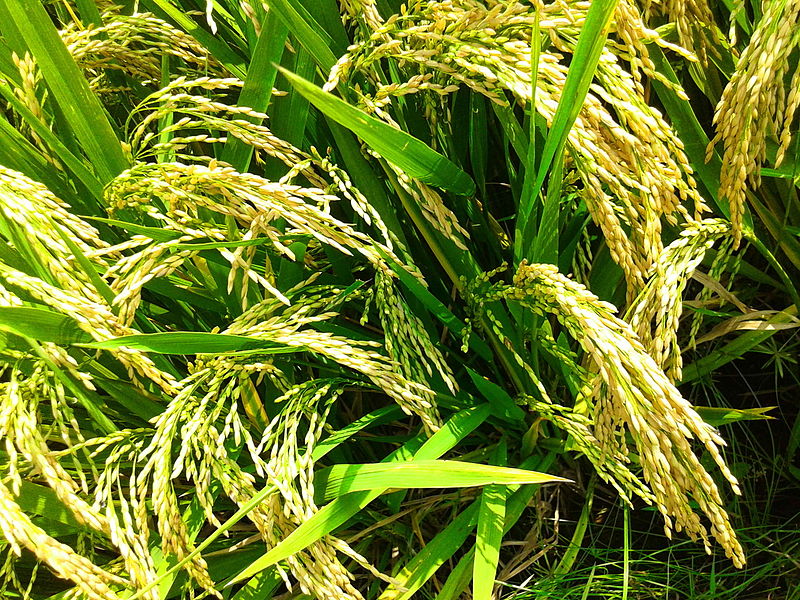
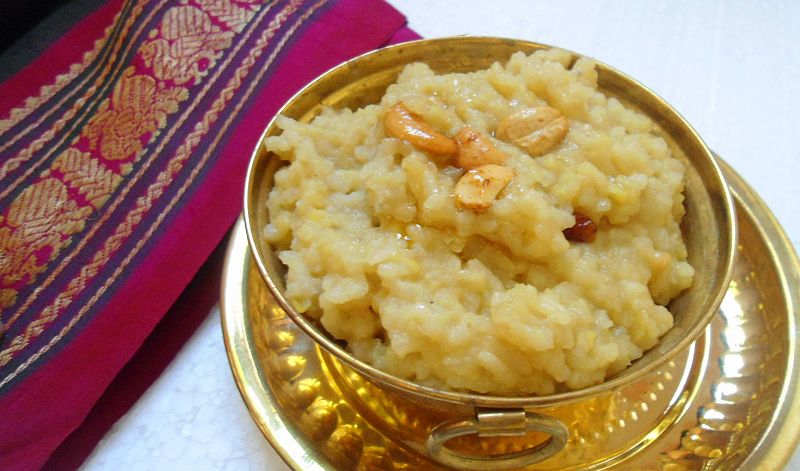
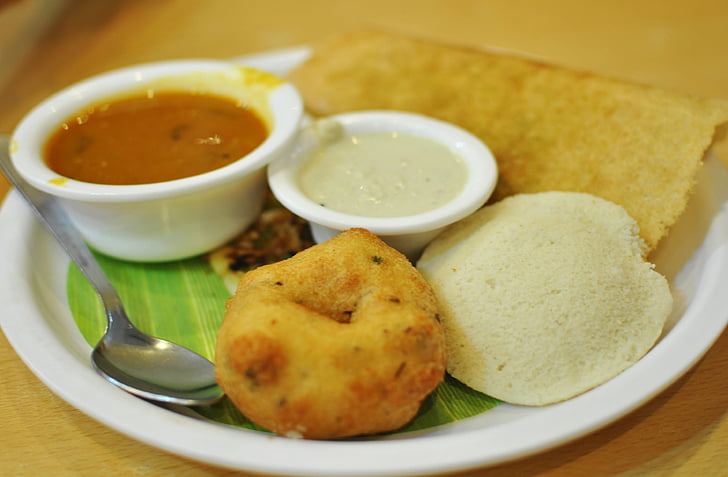
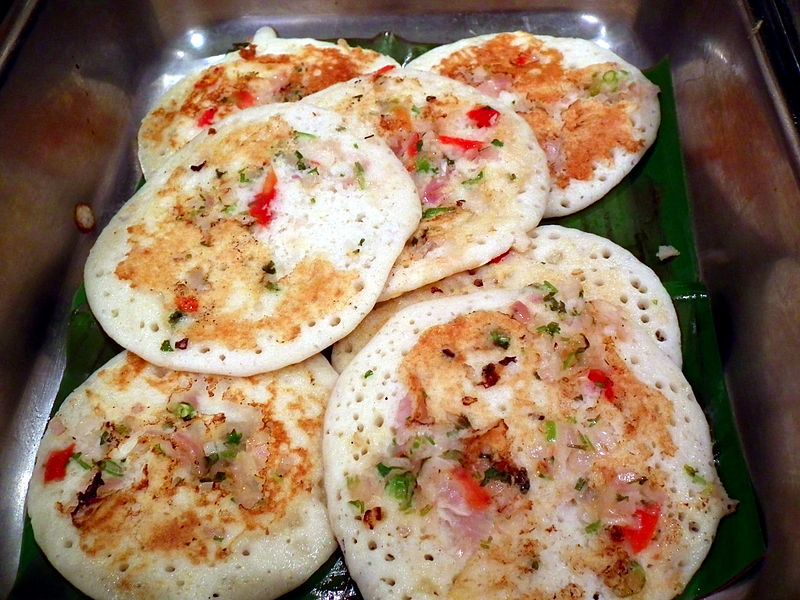

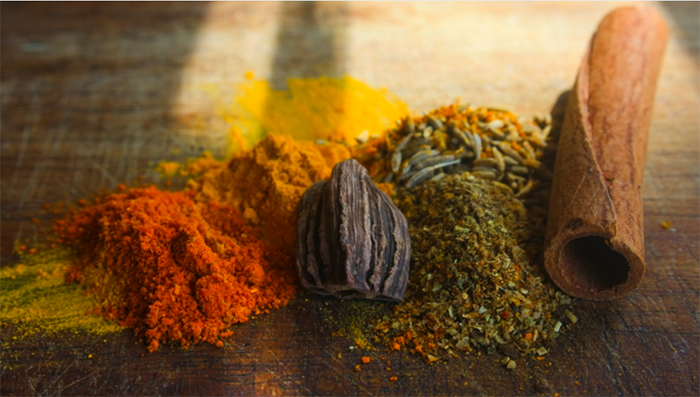
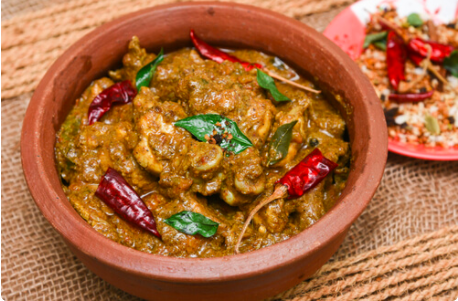
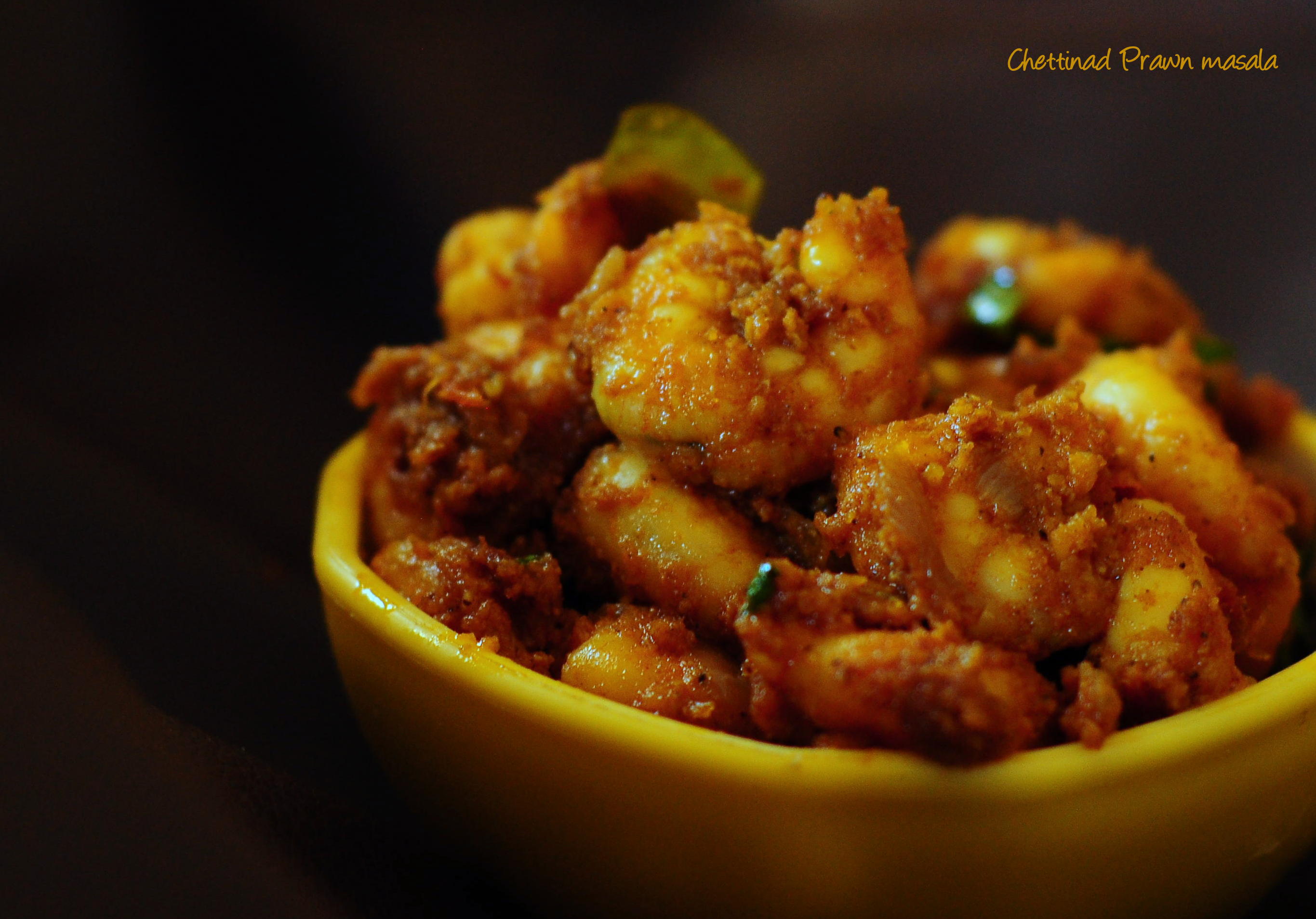
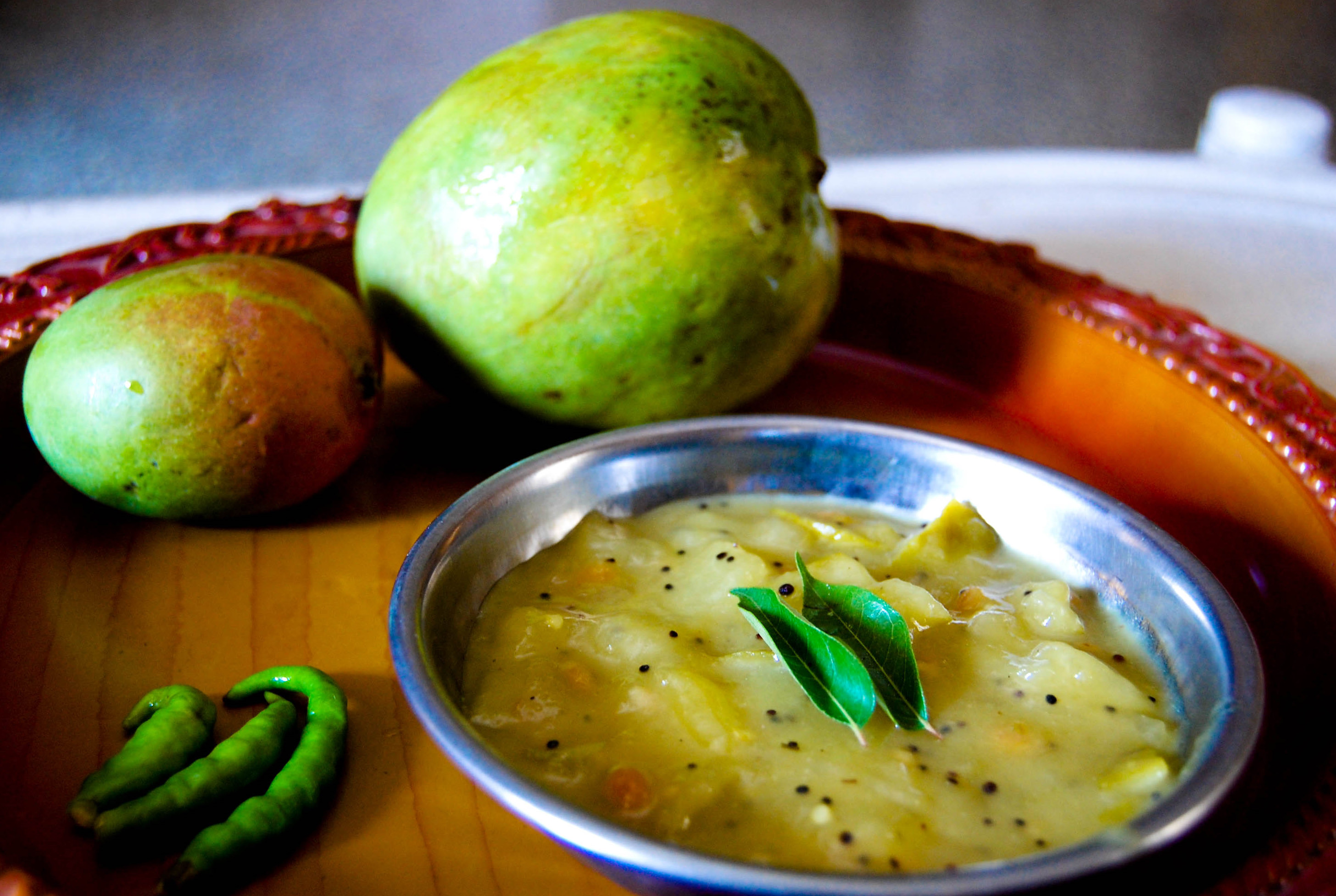



 Recognizing the ongoing need to position itself for the digital future, Indian Culture is an initiative by the Ministry of Culture. A platform that hosts data of cultural relevance from various repositories and institutions all over India.
Recognizing the ongoing need to position itself for the digital future, Indian Culture is an initiative by the Ministry of Culture. A platform that hosts data of cultural relevance from various repositories and institutions all over India.

